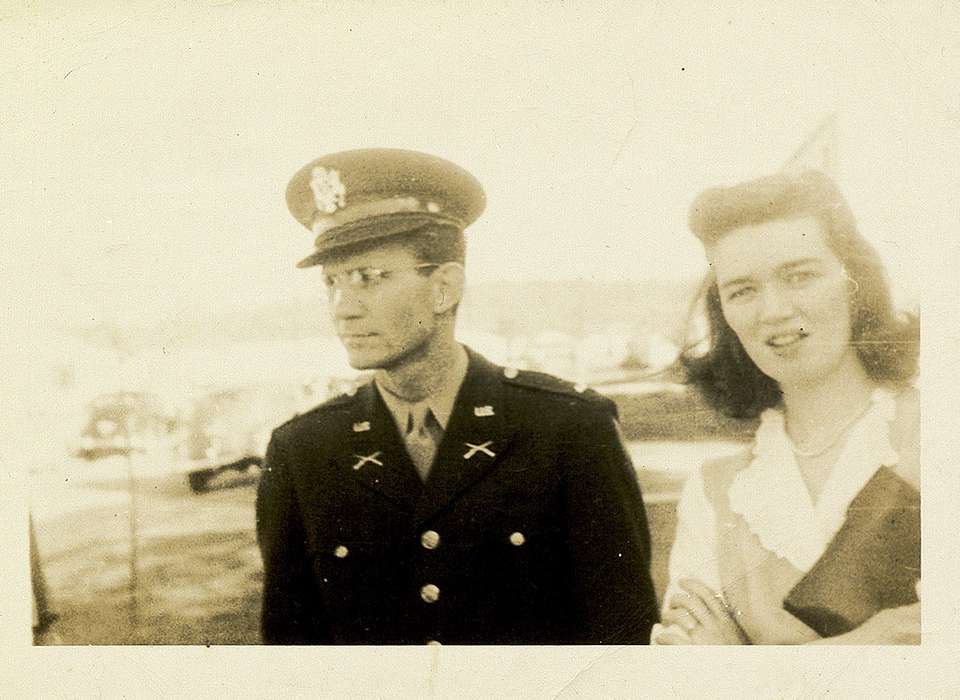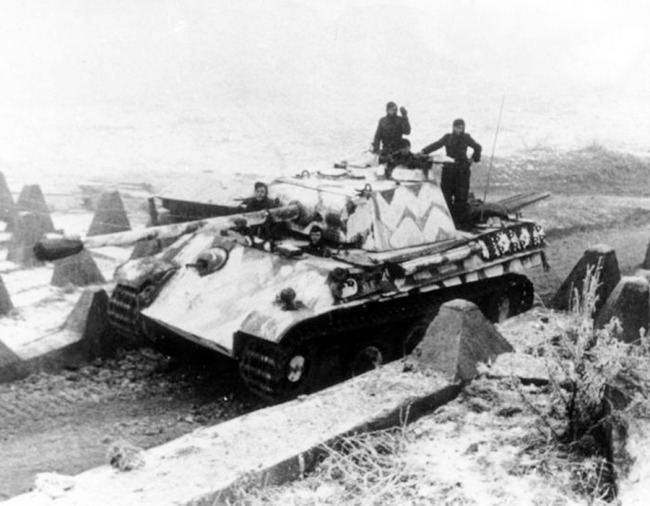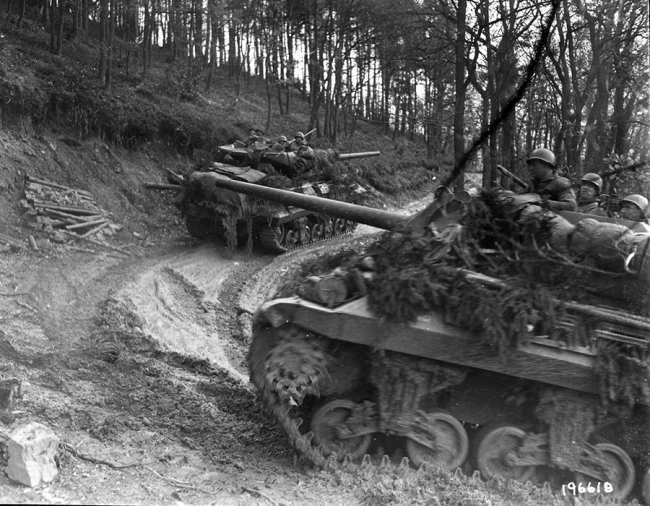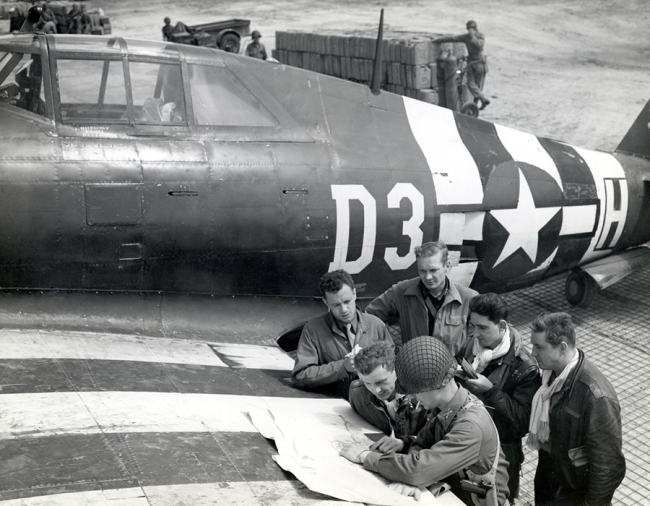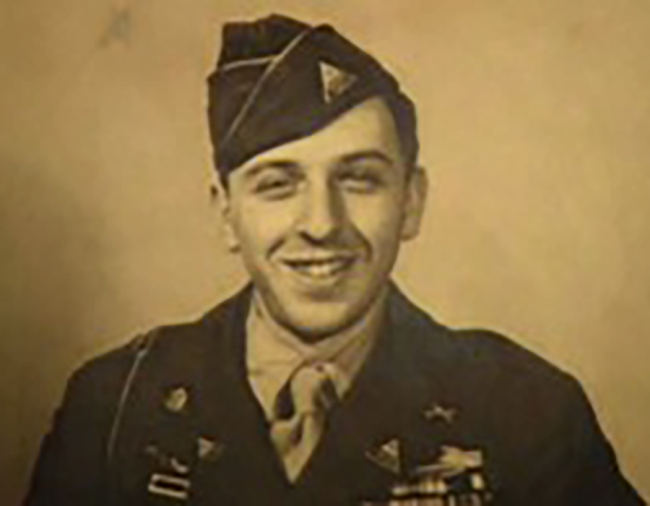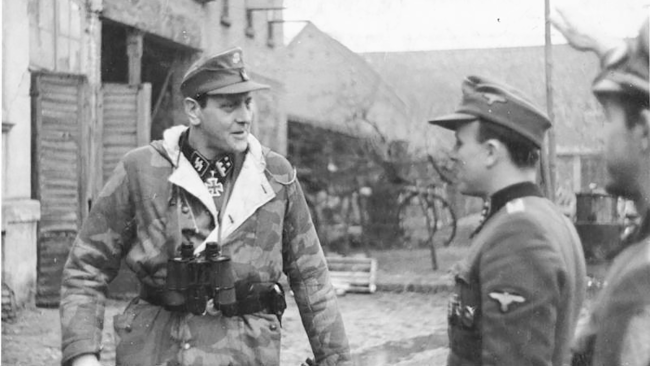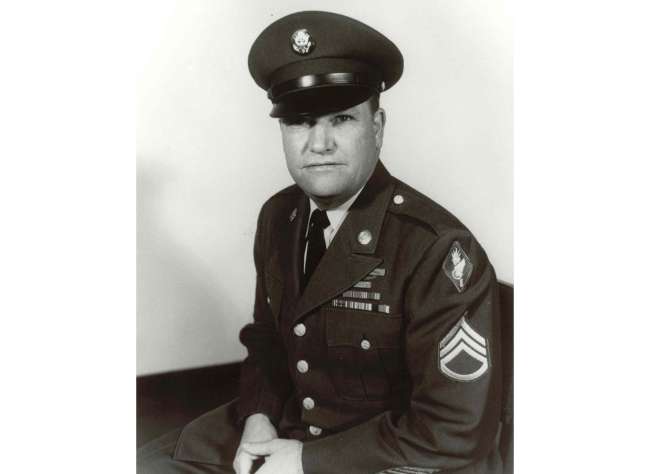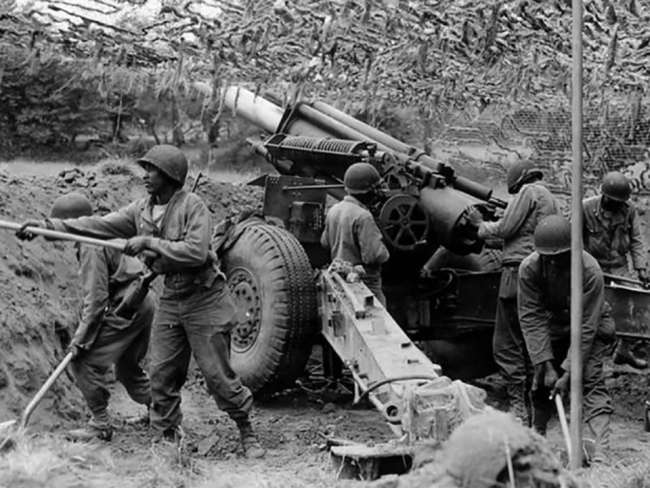Lt. Aubrey Rion—former Clemson football star, husband, father, and “brave and daring leader”—was killed in action on December 20, 1944. His outfit, the 501st Parachute Infantry, 101st Airborne Division, was the first to engage the enemy at Bastogne during the Battle of the Bulge. Lt. Rion was a platoon leader with HQ Company, 3rd Battalion.
On the night of December 20, near Mont, a village on the outskirts of Bastogne, Lt. Rion was struck in the head by German sniper fire while trying to assist one of his wounded men, and died almost immediately. Back home in Georgetown, South Carolina, Rion’s wife Janette was preparing for the upcoming holiday and their son Aubrey “Tommy” Rion, Jr.’s first Christmas.
Janette had met Aubrey, the well-loved student, football player, and excellent dancer, at a Clemson dance. In 1940, Rion led the Clemson team and scored the winning touchdown giving the Tigers the victory in the Southern Conference Championship game. Rion graduated early with a general science degree in February 1941, married Janette on July 16, and began a new job teaching and coaching football at Bennettsville High School. Shortly thereafter, the country was at war.
Rion entered into service in June 1942. From his first training base of Camp Walters, Texas, he wrote home to his wife of less than one year,
“Sometimes I feel as if we’re being cheated. Then I see all the others in the same fix, and I know that the whole country is taking it on the chin one way or another. I couldn’t be satisfied unless I was doing my share.”
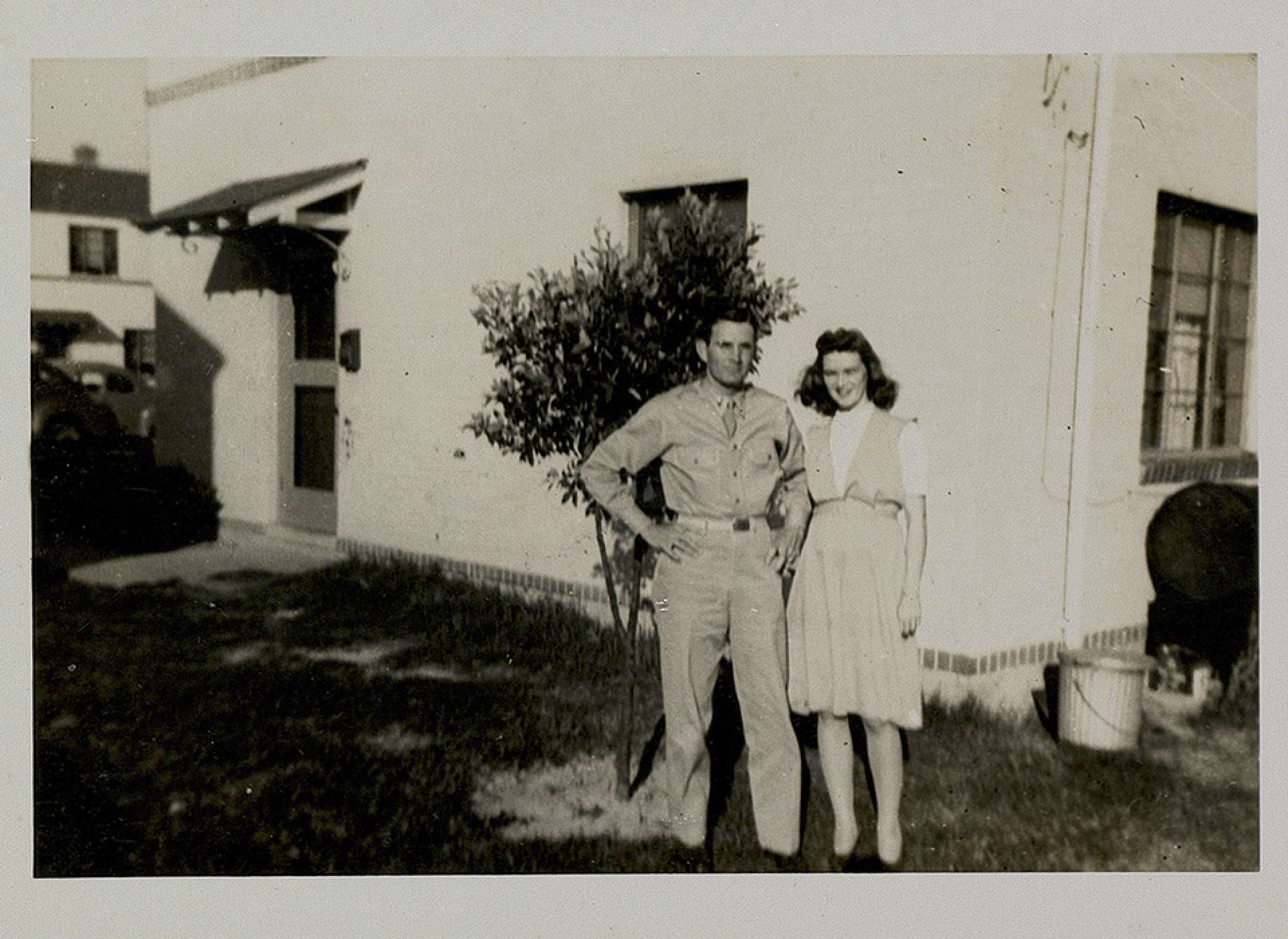
Aubrey and Janette Rion. Gift of the Rion and Stevenson Families, 2011.273.010.
Initially, he was able to stay somewhat close to home. He went to Officer Candidate School and after completing additional training, he accepted an appointment in February 1943 as 2nd Lieutenant and instructor at Infantry School Service Command at Ft. Benning. In 1943, from Ft. Benning, he writes about the separation of war and commingled feelings of love and patriotism.
“When I think of fighting for the U.S. I don’t think so much of forty-eight stars and thirteen stripes, Freedom of Speech, and Democracy. I just think of the sort of world I want you to live in and the sort of world we can raise our children in.”
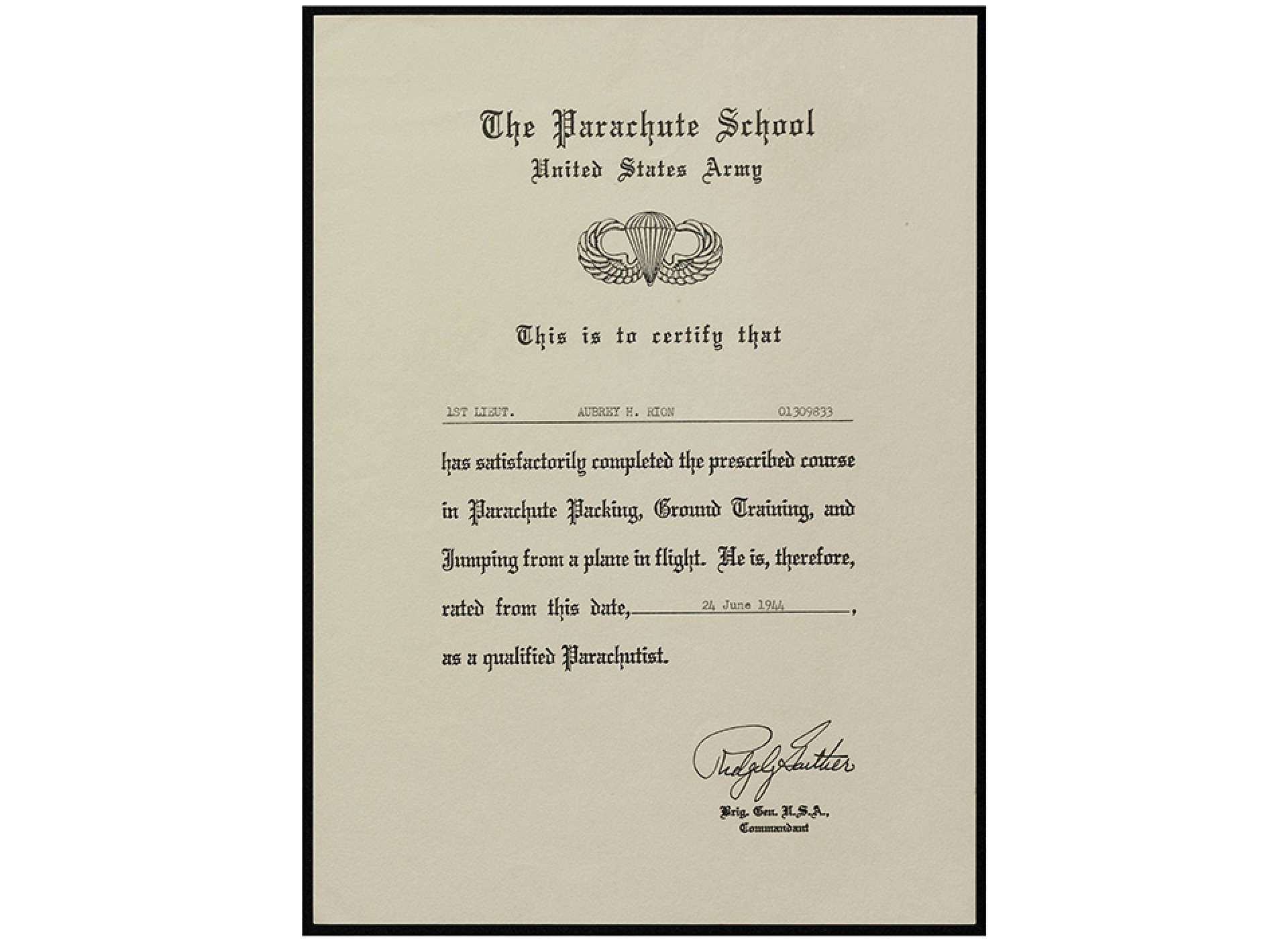
Lt. Aubrey Rion's parachute training certificate. Gift of the Rion and Stevenson Families, 2011.273.010
Rion was promoted to 1st. Lieutenant and volunteered for parachute duty in March 1944, completing parachute training on June 24, a week after the birth of his son. It wouldn’t be long before he was on his way for duty overseas. Prior to shipping out, he had a visit and several telephone calls with Janette and baby Tommy. Janette promised to remind their son that he had a dad, and talk to and kiss his portrait every day.
Rion wrote a V-mail letter on November 13 from “Somewhere in Holland.” He had joined up with the 501st Infantry as a replacement officer after their actions during Operation Market Garden and beyond. Rion was pleased to have been assigned to an outfit that had seen combat, rather than a “green one.” Despite Rion’s late arrival, he formed many close bonds with his fellow soldiers, both officers and enlisted.
According to a sergeant who served under him, Rion was “the first officer he ever knew who every man immediately liked.” The respect was mutual; he wrote Janette on November 19 saying that he grew prouder of the outfit every day. His upstanding character and role as a leader showed in his duty examining mail. One of Rion’s duties was to censor his men’s mail and he often wrote of not being able to tell Janette anything he couldn’t allow his men to write.
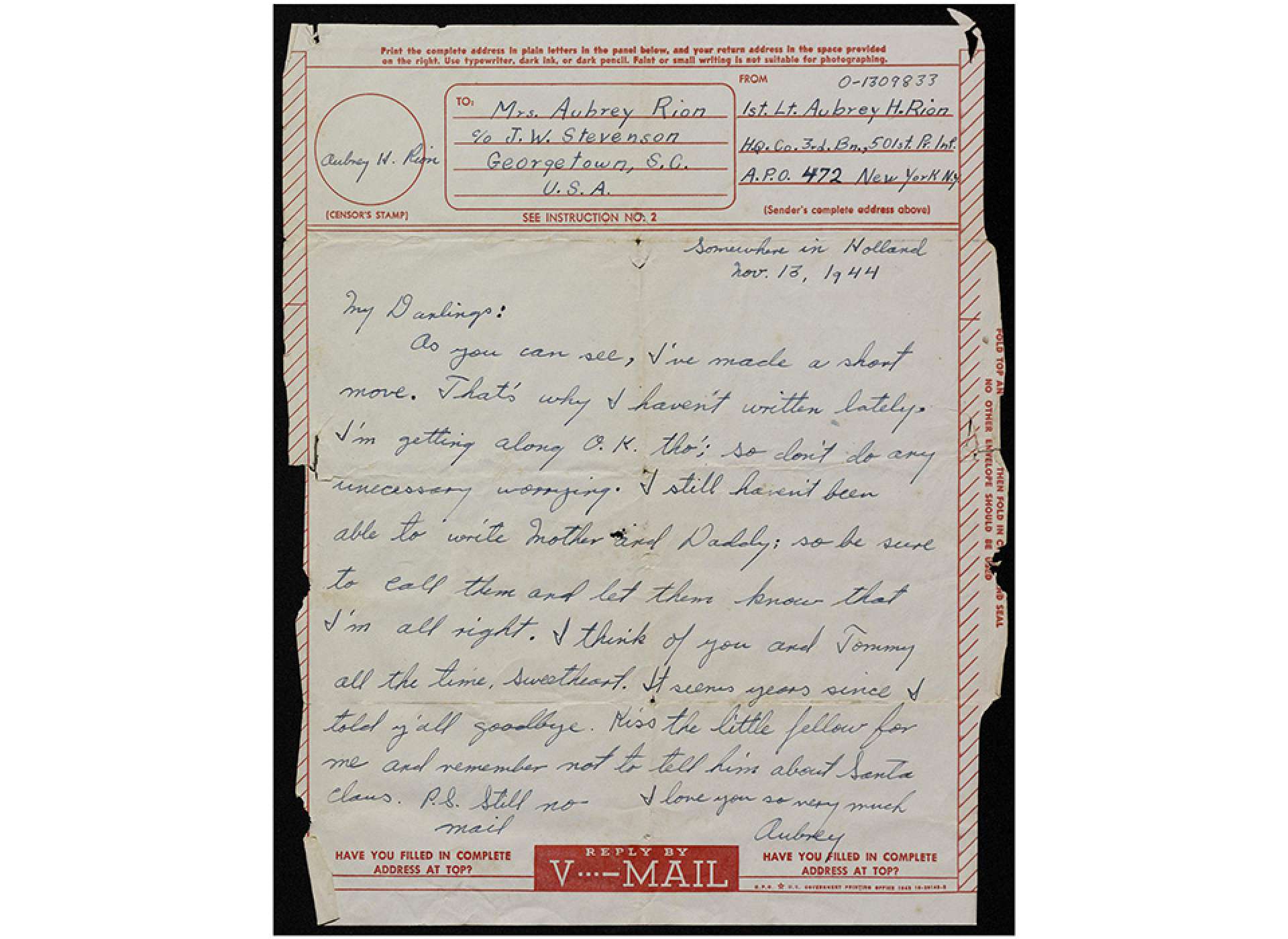
Letter from Aubrey to Janette Rion. Gift of the Rion and Stevenson Families, 2011.273.010.
In December, the 501st Infantry was moved to a staging area in France for what was intended to be a well-deserved rest. While there, Rion was able to send his wife a Christmas present, a fox fur. On December 11, 1944 he wrote,
“You know I guess you wonder why I spend so much time in my letters talking about the mail that I have or have not received. It’s just that mail over here has an importance that it never had for me at home. It’s the only connection I have with everything that means anything to me. Except for your letters I might as well be living in a vacuum. I’ve gotten so that most of the discomforts over here don’t worry me except momentarily. When it rains, I get wet. When it’s cold, I nearly freeze, but none of that seems to make much difference. The only thing that matters is those envelopes in that handwriting that I know and love so much.”
In France, Rion actually started football practice with his unit. The turnout was a strong one, with 150 men showing up for the tryout. Rion never got to coach the team, though, because their rest was a short one. What Rion had hoped, that “Hitler will realize his goose is cooked when these cold winter winds start blowing…,” was instead the beginning of the last big German offensive in the west, the Battle of the Bulge.
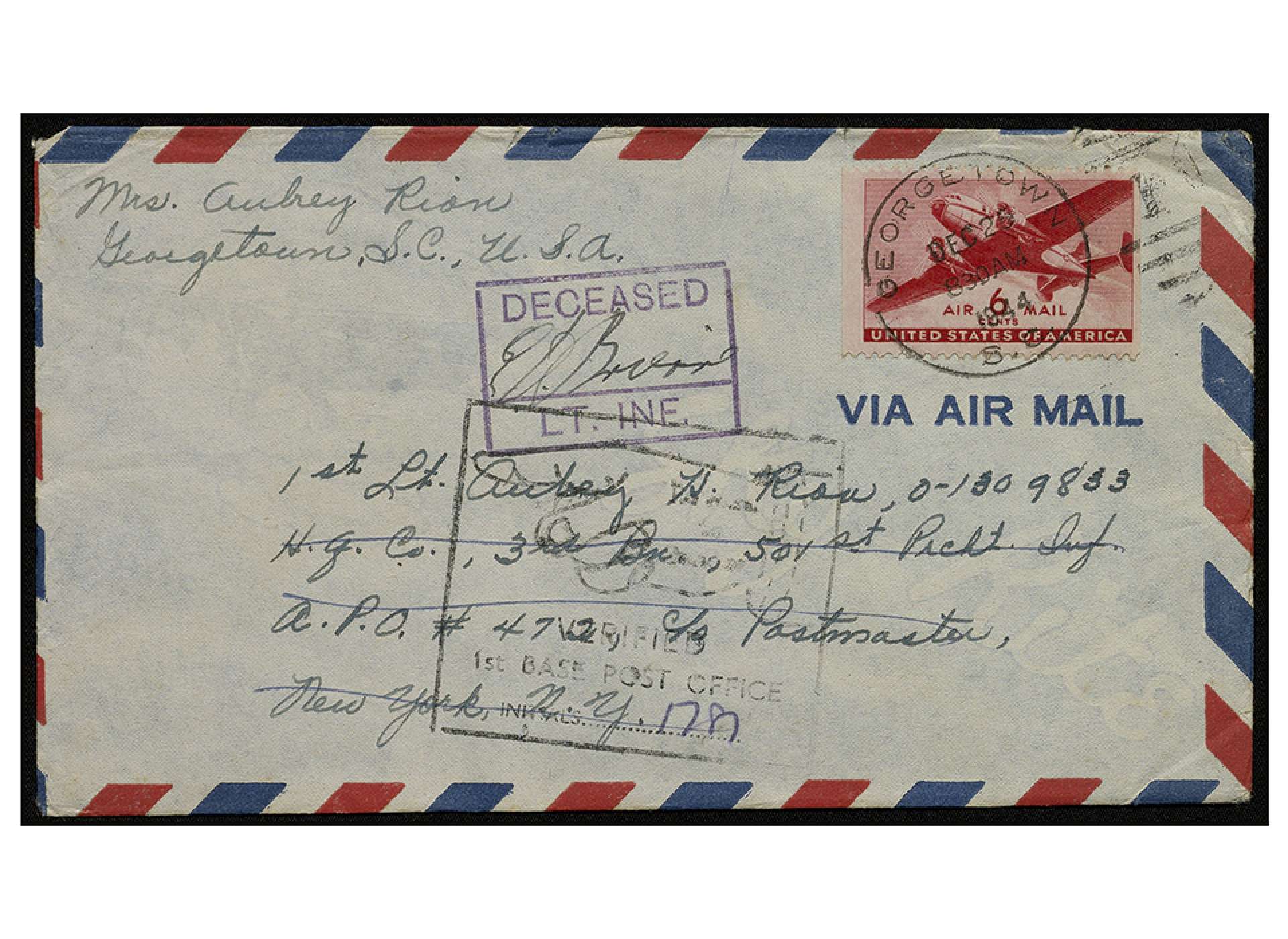
Letter returned to Janette Rion. Gift of the Rion and Stevenson Families, 2011.273.010.
On Christmas Eve 1944, Janette wrote about Tommy’s presents,
“Sweetheart we couldn’t find the football. I’m real disappointed and I know you will be too, but he’ll really be able to appreciate one next year when you’ll be able to show him what to do with it.”
She had no idea that he had been killed in action four days prior on December 20 in Belgium. The 501st Infantry and the rest of the 101st Airborne Division went on to play a pivotal role in the Bulge, defending the besieged city of Bastogne and providing a major obstacle for the German advance.
Casualties were vast; the 501st Infantry suffered 580 killed, wounded, or captured, including Lt. Aubrey Rion. Eventually, he was buried in the Luxembourg American Cemetery, where he remains to this day in Plot E, Row 9, Grave 50.
Kim Guise
Kimberly Guise holds a BA in German and Judaic Studies from the University of Massachusetts Amherst. She also studied at the Universität Freiburg in Germany and holds a masters in Library and Information Science (MLIS) from Louisiana State University. Kim is fluent in German, reads Yiddish, and specializes in the American prisoner-of-war experience in World War II.
Cite this article:
MLA Citation:
APA Citation:
Chicago Style Citation:
